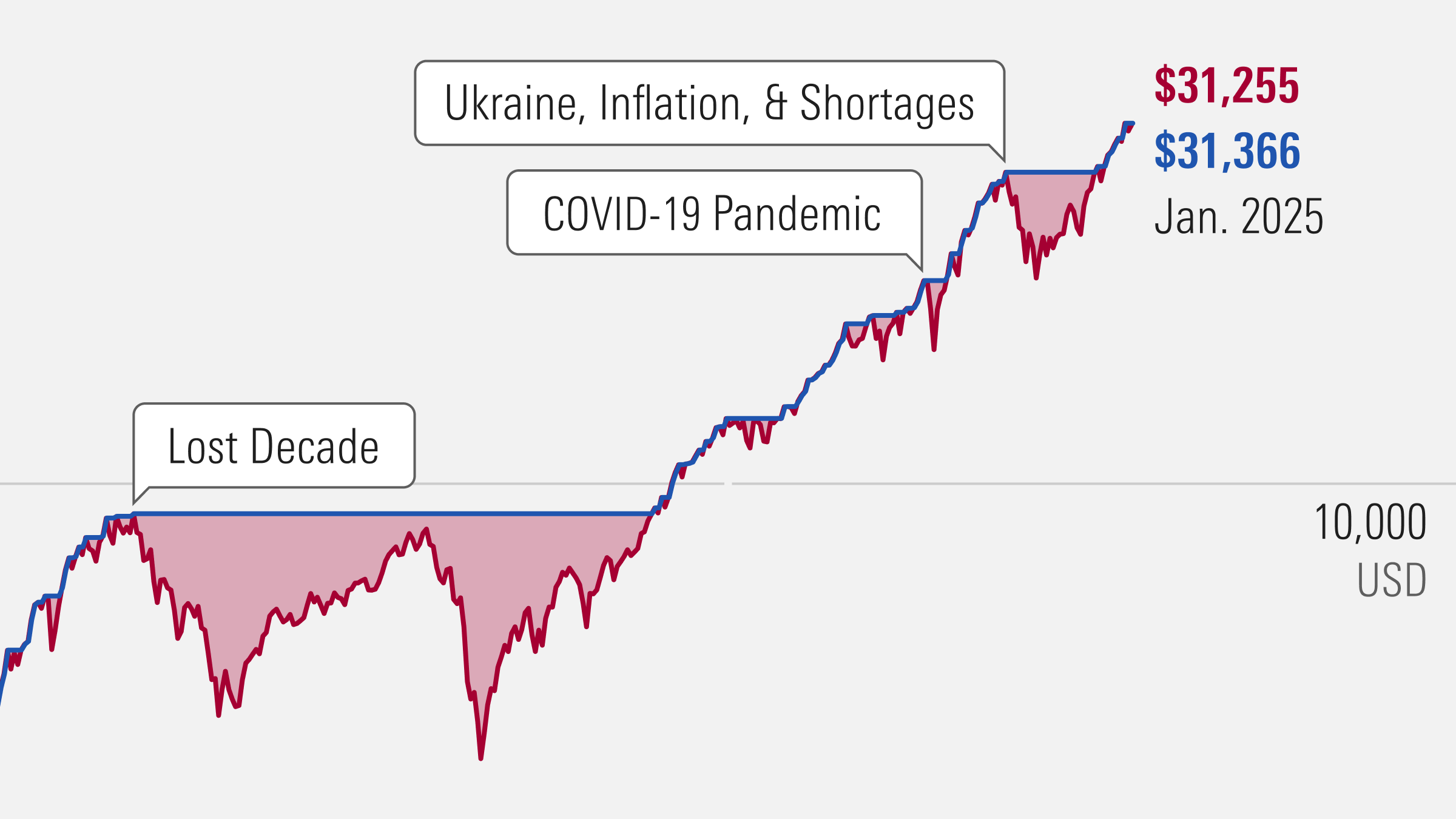Most equity markets continued their recovery in April following the sharp declines witnessed earlier in the year. The most notable exception to this trend was Japan where equities fell 0.33% over the month. This seemingly innocuous decline disguises a high level of volatility during the month which saw equities rally strongly ahead of the latest announcement by the BoJ only to fall sharply afterwards when the Bank unexpectedly failed to increase the monetary stimulus programme.

In contrast to Japanese market, US equities continued to recover over the month

While there appears to be little doubt that the Japanese economy is slowing, casting further doubt on the economic policies of Prime Minister Abe, it is equally true that, behind the political and economic noise, Japanese equities have become significantly more attractive from a valuation perspective. Consequently, while we expect lower growth and a less generous yield from Japanese equities when compared to some of its developed market peers, it remains relatively attractive as many of its peers trade at a premium valuation.
The most obvious example of these premium priced peers is the US equity market. In contrast to Japanese market, US equities continued to recover over the month rising 0.39% despite the fact that the quarterly earnings season proved to be something of a mixed bag. Although earnings generally beat analyst expectations, these expectations were very modest with the result that seven of the ten key sectors experienced falling profits.
This resulted in an average decline across the market of 7.1%. This is the first time that the S&P 500 index has experienced four consecutive quarters of earnings decline since the Q4 of 2008.
US Still Offers Income and Growth
But before becoming too gloomy about the outlook for US equities, it is worth noting that this recent decline in earnings follows a long period of profit margin expansion as companies garnered the largest share of the economic recovery. The US continues to be one of the most attractive markets in terms of long term expected growth and yield.
However, investors continue to place a very high price on those attractive characteristics and consequently US equities appear quite un-appealing from a valuation perspective when compared to other markets. This can be seen in the graph below which shows the 10 year real valuation implied returns of the major equity regions.
The premium placed on US equities appears to reflect a desire by investors for lower risk, higher quality stocks and markets. This has led to a bifurcation of both valuations and expected returns with high quality holdings consistently out-performing lower quality but better value stocks.
The result of this focus on quality can be most clearly seen in the underperformance of valuation orientated managers compared to their quality / growth orientated peers. While these trends can persist for a frustratingly long time, eventually quality stocks become unsustainably expensive and most investors return to valuation as the foundation of their investment decisions.


























